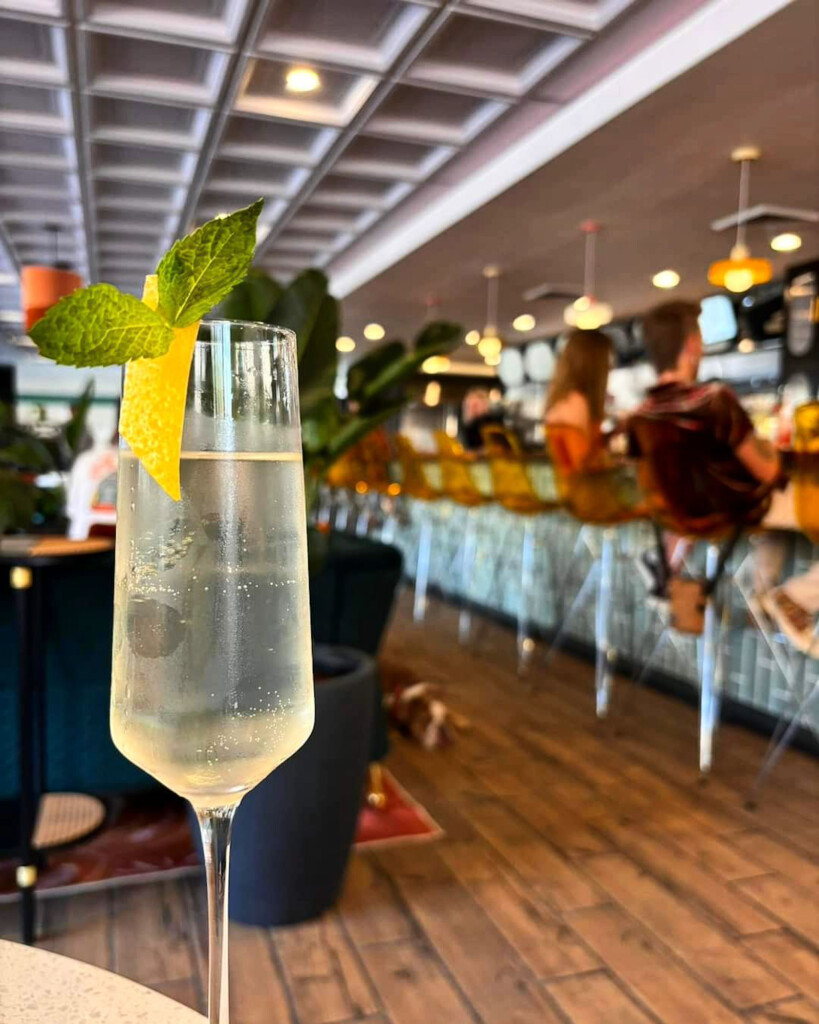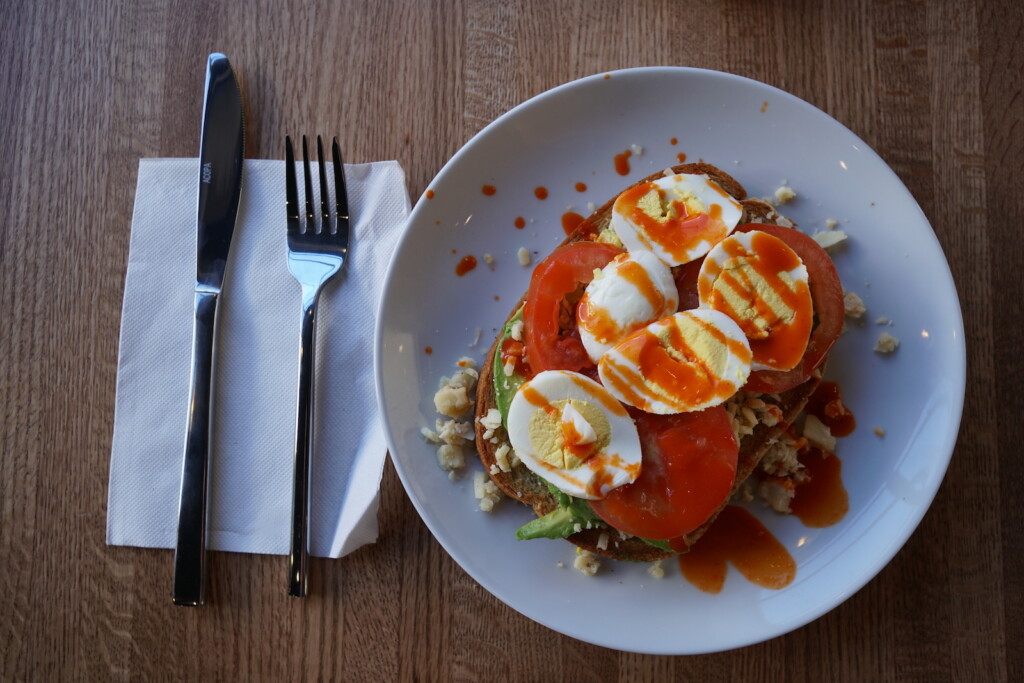Not Enough Bike Lanes, Bike Paths. and Bike Infrastructure
The current housing market makes homeownership completely out of reach for first-time home buyers in their twenties, thirties or low-income workers at any age. Even a home buyer today with a six-figure income and take-home pay of $7K per month, would be stretching to afford a $500,000, 30-year mortgage of $3,800 per month including taxes, insurance and utilities.
A key component to support first-time home buyers would be a better non-car travel network, path, or road system than what we have in place today. A bike path and bike highway system could completely eliminate the need for young working professionals to own a car. (Gasp! Who would ever not want to own a car? I’ll answer this question a bit later.) How would this system work?
It would be like a bike freeway, whereby bikers or E-bikers could journey on small bike-only roads and enter the city on exclusive bike highways, without cars. Enabling 20 miles to be traveled at 25 miles per hour max speed. E-bikes can easily travel this fast.
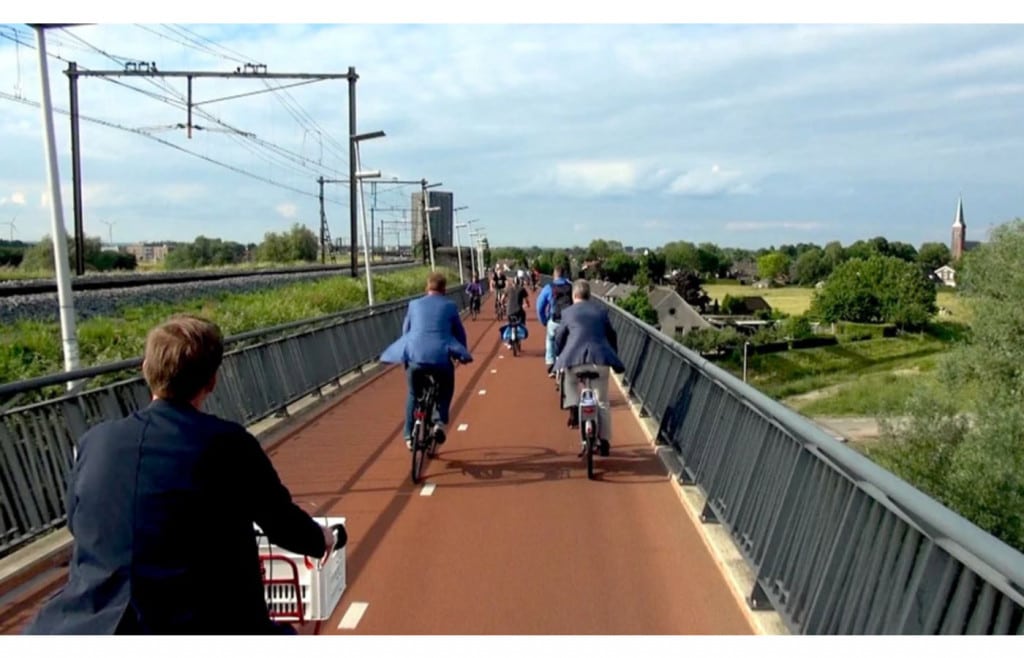
Let’s first assume that political leaders actually supported this idea and relaxed zoning laws to allow for tiny home communities, and they started popping up in Utah with homes available for $150,000-$250,000, under the $150 or less square foot model previously mentioned. (Read our previous story to understand better the tiny home model.)
Under this model, a person in their twenties or thirties, just starting a career, earning $30K-$50K per year, who wants to live near an urban area in Utah (Salt Lake, Ogden, Provo etc.) would need to finance a 30-year ($150K-$250K) mortgage on a tiny home for around $1,000 per month. An additional $300 per month would be required for insurance and utilities. While this is a much better price than the current home prices hovering around $375K-$500K, it would still be a stretch for this person to also afford all of the expenses that go along with car ownership. Not to mention setting money aside to eventually upgrade to a regular home to start a family. Not owning a car, could go a long way toward achieving this dream.
Examining the Wasteful Expenses of Car Ownership
A typical car payment is $400/month. Typical insurance is $75 per month; repairs another $50; gasoline expenses have shot through the roof to around $45 per week or $180 per month. Examining this scenario, an additional $750 per month expense for a car causes even a tiny-home mortgage to be out of reach for a service-sector Utah resident just entering the job market.
But compare car ownership with owning a $2,500 electric bike. E-bikes, unlike cars, cost peanuts to charge and maintain. The problem with our current model is that it requires hauling around two tons of steel, glass, and plastic everywhere we go. This is a massive expense, that especially those who value the outdoors, could do without.
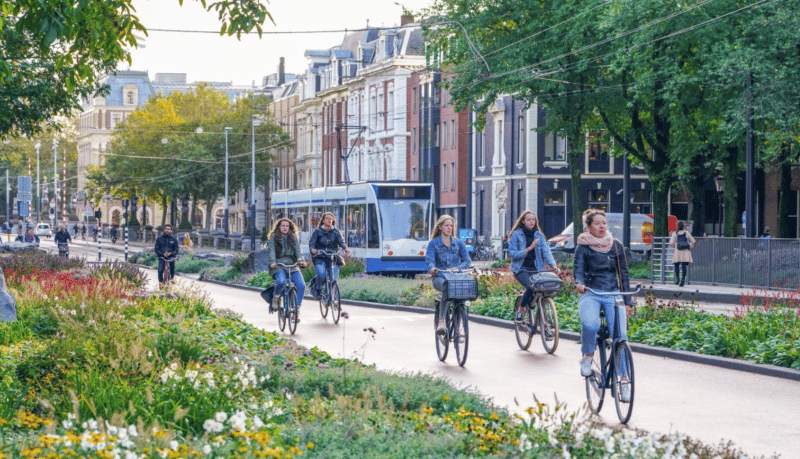
First-time homeowners in their twenties or thirties are on the go most of the time, and a small studio-style tiny home is all the space a person requires. iGens with an Uber app installed can use on-demand rides for short trips. A new car rental app called Turo can be used for weekend trips to Pineview or Moab.
Scaling down our infrastructure to allow for bicycle superhighways could eliminate the need for car ownership, and young Utahns could save their money or have more disposable income for travel and adventure, or to set aside for starting a family. While this likely sounds like a brilliant idea by your favorite writer, I can’t actually take credit, this concept is actually nothing new.
What American Cities Could Learn from European Cities
American Cities could learn a lot about efficient transportation, energy conservation, and land conservation from European cities. In Germany, France, and Holland, gasoline prices are always about double ours. Germans are currently paying around $9-$10 per gallon.
I personally cycled through these cities around twenty years ago then again seven years ago. While all of these cities are far better for cycling than American cities, the city that is king for bike accessibility is Amsterdam. European countries are small, so they have been placing a premium on preserving and maximizing urban space and farmland for years. They don’t have hundreds of acres of parking lots in cities for cars. Instead, they provide thousands of miles of narrow roads for cyclists. So any person commuting to the city who wants to find good parking and get there fast is well advised to ride a bike. They have learned that maximizing space, housing affordability, and travel efficiency for residents depends on providing excellent commuter bicycle infrastructure.
Due to Americans’ passion for wide freeways and our love of cars, this entire concept has been unpopular in the United States with the exception of major large cities like San Francisco and New York. Rather than accommodating more cyclists, foot travel and transit, for decades Americans have essentially embraced the suburban model. This model requires ever-increasing long and wide freeways. Since farmland and countryside are not preserved, suburban sprawl has been driven by low gas prices, little traffic, affordable housing, and our love of square footage. Now that economic and environmental conditions are quickly changing, our infrastructure should also change. We should support more non-carbon-emitting means of travel.
Mass transit has been adopted to an extent along the Wasatch Front with Trax and FrontRunner. But in order for these systems to work in the suburbs, they still rely heavily on riders to drive their cars to stations. Further, rail is very expensive. A better solution is to build far more bike paths and in some cases offer priority on the road to bikes over cars, especially where cities make zoning exceptions for tiny homes.
Electric bikes and scooters do not emit carbon, are becoming cheap, and can travel increasingly long distances on single charges. Currently, around 90% of vehicular travel is conducted by drivers with no passengers. In effect, nearly every driver is hauling around an extra ton of weight they could shed with a lighter vehicle. Shed this extra ton of steel and plastic, and imagine the carbon savings! And subsequent cleaner air quality we could enjoy.
Effective, efficient bike highways one sees in Amsterdam could make a massive difference in getting cars off the road and allowing for more viable urban density.
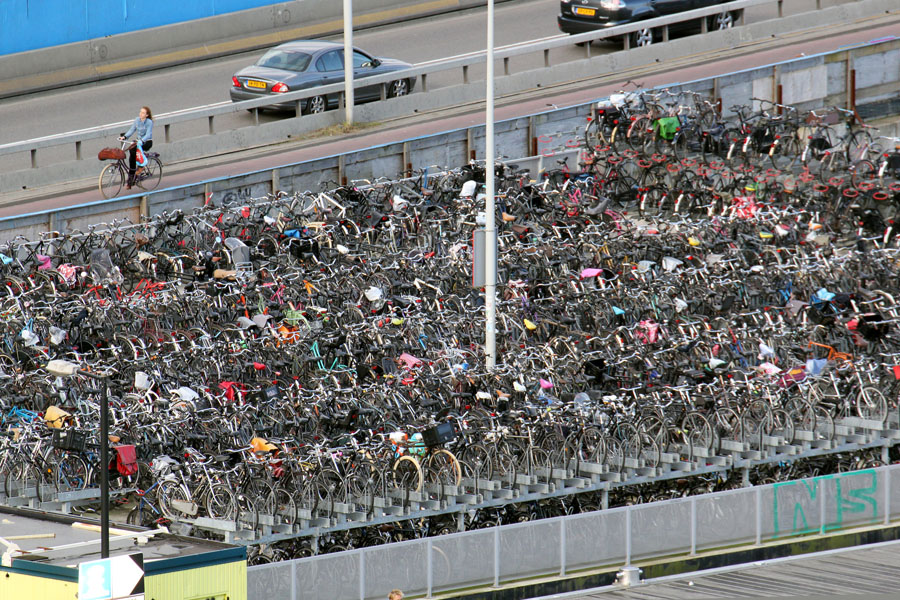
If we had far more density in developing tiny home communities and we had far more bike paths, which could all lead to transit networks, a much greater segment of the population could live without the expense of owning a car and instead put their money into building equity in their own tiny house, which could eventually be upgraded to a regular-sized house if a couple wanted to start a family (or own more than one tiny dog).
The Tax Advantages to Building Cities with more Density
Further, something I think few politicians examine, we could have more local shops and stores that could be supported by the additional density. We could then have greater tax revenue per square mile. A greater local economic tax base could then pay for the bicycle infrastructure costs as well as eventual transit development.
Studies have shown that more bike paths lead to greater economic vibrancy— which is the term used for a diverse cluster of locally-owned businesses. If you ever visit Amsterdam, you will notice that the shops are all accessible by bicycle and the shops are all local. Mcdonald’s and Starbucks love drive-ins. Locals love their favorite bakeries, coffee shops, and pubs.
What type of future do you want to see for Salt Lake City? Let us know in the comments below.
RELATED CONTENT
Why Utah’s Developers/Politicians Do Not Want Tiny Homes
Biking West Valley — The difficulty of cycling the suburbs
Human-Scale Design, Native Plants and Paths are the Norm in Moab’s New Suburb
A Utahan Goes on a Bike Trip to Europe and Discovers European Beer
Why Most Utahns No Longer Walk
Subscribe to Utah Stories weekly newsletter and get our stories directly to your inbox




